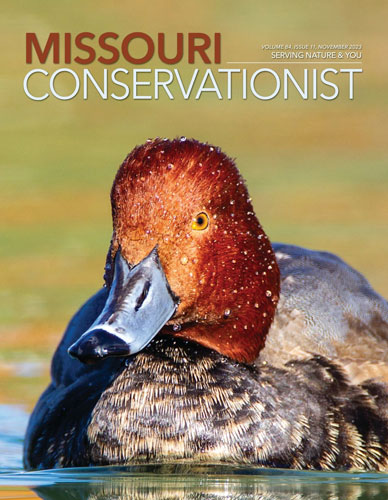
Missouri’s history with beavers is complicated. Westward expansion was due, in large part, to the fur trade. The economy that kick-started St. Louis and Kansas City owes its inception to the trade of beaver pelts. At the turn of the 20th Century, beavers were nearly extirpated from Missouri, their statewide population being estimated at somewhere around 12. Since then, beaver colonies across the state have rebounded and we have a stable population. Still, our relationship with these animals can be tenuous, as their interests and our own often conflict. They can cause cropland to flood due to their damming behavior, put holes in levies big enough for an adult human to crawl into, and chew down trees that landowners value.
Conversation around beavers often stops at their decimation and recovery, with little thought at the future of our relationship with them. There is a case to be made that beavers have been underappreciated for a long time. The value of their fur and their habit of causing us inconvenience are just a small part of the conversation on why beavers should be held in the same esteem as white-tailed deer, wild turkey, and our other favorite species. Beavers should be recognized for both their culinary potential and their importance to the wetland ecosystems that our other native wildlife depend on.
Meeting the Beaver
Wade and Rachel Truong started beaver trapping by accident. Both were veterans of the restaurant industry and sought permission to duck hunt on a private property. The landowner allowed them access on one condition — that they help trap beavers.
“Trapping sometimes doesn’t have the best optics,” Rachel said. “I had kind of coached myself into the whole thing by basically convincing myself that we’d go out once or twice as a favor to the landowner, be wildly unsuccessful because we had no idea what we were doing, and that would be that.”
As is often the case with trapping though, their expectations were not met.
“We came back the morning after setting our first traps and were completely shocked to find two huge beavers in the conifers,” she said. “We took them home, cooked up the backstraps, and the rest is history. It was some of the best wild game meat I’d eaten, and any hesitation I had about taking them evaporated.”
My own experience mirrors Wade’s and Rachel’s. I was introduced to trapping when a friend showed me how to trap muskrats. I got permission on a small property and the landowner offhandedly mentioned that I could trap beavers as well. I bought two foothold traps, watched a few YouTube videos on how to make sets, and in two weeks I had caught one. I was hesitant to try a 30-pound aquatic rodent but was pleasantly surprised at the flavor.
Beaver Cuisine
Wade and Rachel are at the forefront of beaver culinary innovation, applying culinary techniques to beaver ranging from sous vide beaver hams, to beaver prosciutto and other classic charcuterie approaches.
“In a broad sense, I get the feeling that ‘nuisance,’ is dependent on value,” Wade said. “Beavers have a low value culturally. Their hides aren’t worth much in today’s market, and their activity can dramatically change a landscape. And because they aren’t generally seen as a food, they have little value to most people. We see them as a high-value food, just like most of the game we pursue, so we like to see an abundance of them.”
Everyone has heard the old story of trappers eating beaver tails, but the uses of beavers go far beyond that. A favorite preparation of mine is to cure chunks of meat, grind it with pork fat, then make smoked sausages.
Beaver hams can also be cured and smoked like whole hams. The belly meat — also known as skirt or flank steak — can be eaten in fajitas, and the fat can be rendered down for a cooking oil, useful in frying, gravies, and baking.
Wade and Rachel’s favorite preparation is the tail meat, between the tail and the hindquarters, which Wade says is an analog to oxtail.
“It’s tough, full of connective tissue, and is one of the only cuts of wild meat that has a lot of fat,” Wade said. “It can be used in anything from posole to pho, to stroganoff or classic pot roast. Once cooked low and slow, beaver tail is tender, rich, and unlike almost any other cut of wild game.”
Woods Skills and Habitat
The muddy rivers and marshes of Missouri are appreciated perhaps most by duck hunters and trappers. More than just ducks though, impregnable wetlands offer safe havens for an eclectic group of migratory birds. Herons, rails, grebes, geese, and more thrive in the habitat that beavers help create. In large reservoirs, springtime mudflats where beavers create channels and pools offer some of the best catfishing you can find as they push up into a foot or less of water after good rain. Bucks find refuge in the willow thickets of marshlands and invaluable deer hunting intel can be learned by exploring the frozen canals and islands where beavers thrive most.
“Trapping has definitely made me a better woodsman,” Wade said. “It’s cold, hard, messy work, so you learn how to move efficiently and safely around cold water. Things are always breaking, or you have to improvise, so you’re constantly learning new things and trying to figure things out after the fact. It’s enriched my entire outdoors experience.”
Rachel agrees but takes it a step further.
“On top of the woodsmanship, I think getting into trapping has also made me more thoughtful about my beliefs — what is the impact of my consumption, how do I manage it, and what values do I prioritize?”
Beavers offer a unique avenue to connect with nature because they hit such a variety of experiences. Learning to read sign and predict beaver movement is an education in itself. Fur handling, the art of tanning, and how to create things with fur is a tradition that is in danger of dying out. Beavers are a perfect opportunity to explore our national and natural history.
As recognition of their culinary value grows, our appreciation of them as a game animal can increase.
Lastly, their value to riparian and wetland ecosystems is becoming more recognized. Conservation projects in the west, where water is scarcer, have started to use beaver dam analogs, or man-made structures that imitate beaver dams, to help maintain rivers and creeks that might otherwise run dry. These habitats have cascading benefits, creating places where wild turkeys, spawning fish, deer, and other wildlife can live again.
We’re still figuring out how to live with beavers, how to balance the benefits they bring while minimizing the damage they can cause. An opportunity exists for people to rediscover a direct connection to the animal that founded our state and, in many ways, our nation.
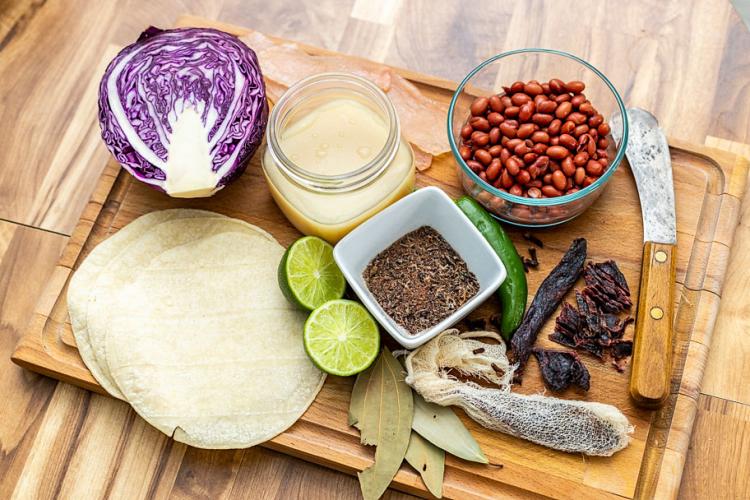
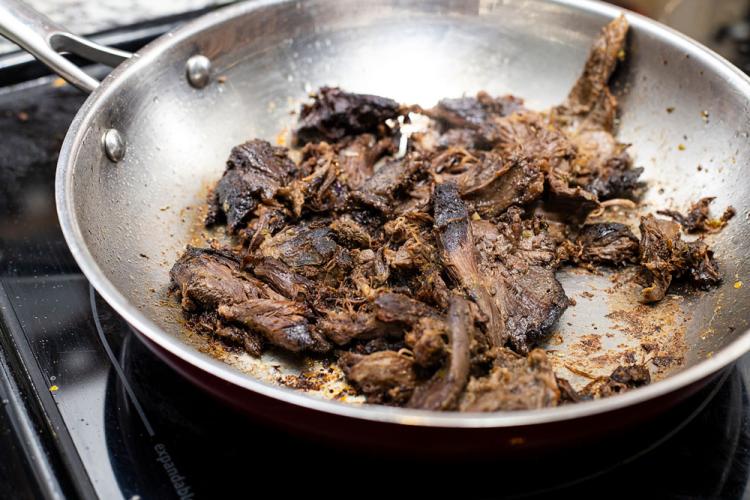
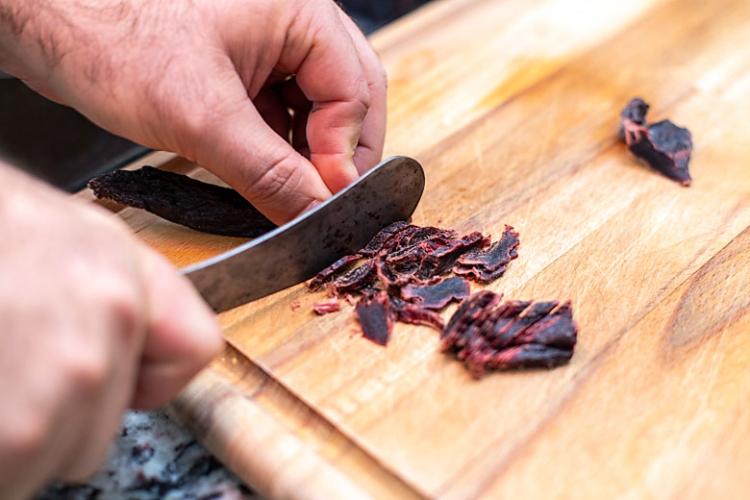
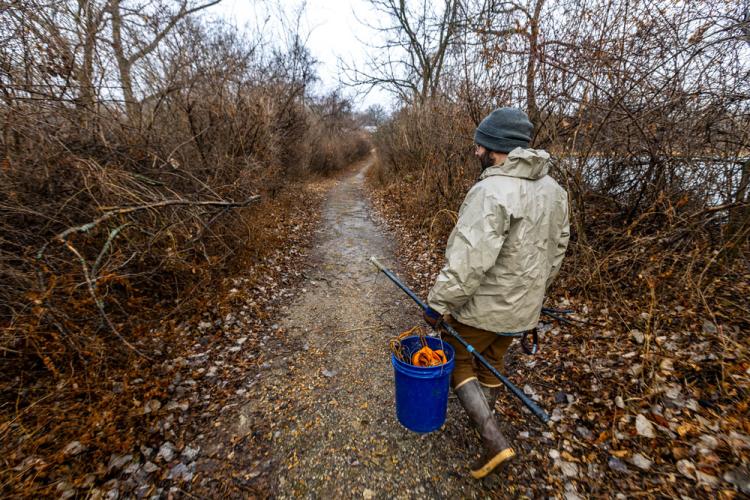


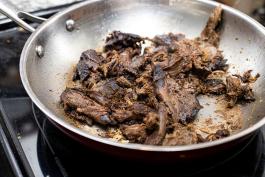
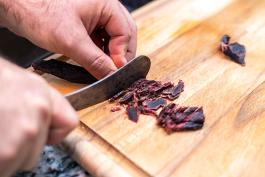
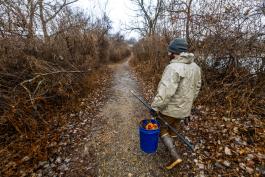

Also In This Issue
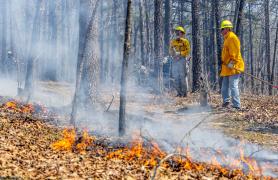
Prescribed burn associations help landowners bring out the best in their habitat
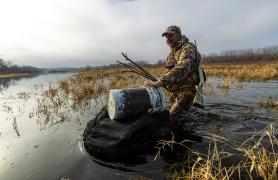
Waterfowl hunting is more affordable at MDC’s public wetlands
And More...
This Issue's Staff
Editor - Angie Daly Morfeld
Associate Editor - Larry Archer
Photography Editor - Cliff White
Staff Writer - Kristie Hilgedick
Staff Writer - Joe Jerek
Staff Writer – Dianne Van Dien
Designer - Shawn Carey
Designer - Marci Porter
Photographer - Noppadol Paothong
Photographer - David Stonner
Circulation – Marcia Hale






















